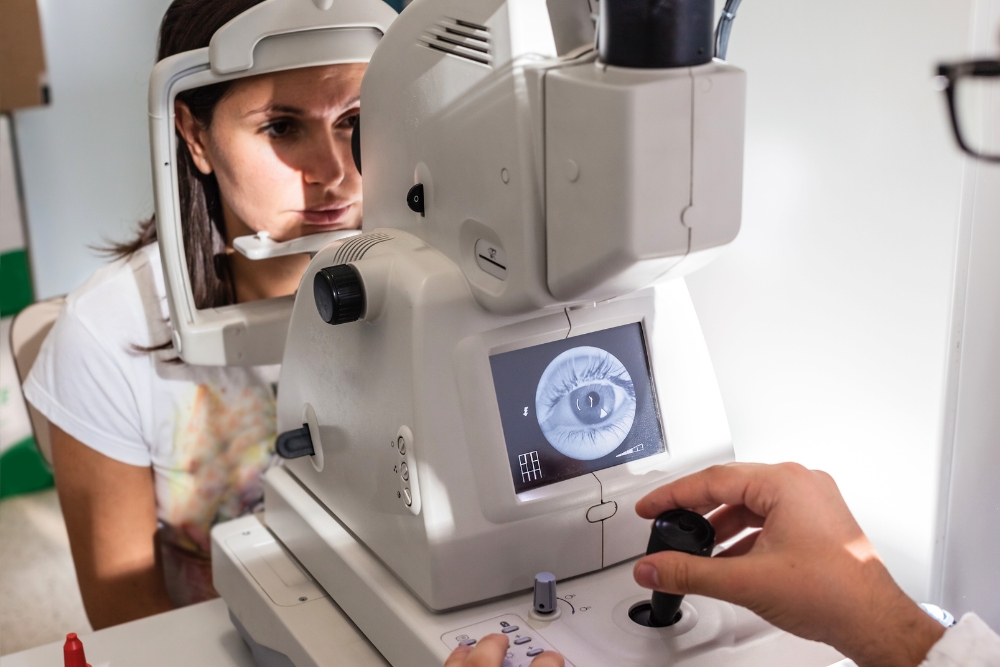-
Physiatry: Empowering Recovery Through Non-Surgical Care
-


Physiatrists, also known as Physical Medicine and Rehabilitation (PM&R) specialists, are medical doctors who focus on non-surgical treatment for conditions that cause pain and limit daily function. These conditions include neurological and musculoskeletal disorders that affect nerves, muscles, joints and bones.
Physiatrists not only have a keen understanding of how the body works and the medical issues at play, but also understand how these medical issues can affect a patient’s mobility, self-care and quality of life. Their goal is not just to treat symptoms, but to help patients regain function and return to the activities they love.
A physiatrist performs comprehensive assessment of how your impairments and functional limitations impact daily activities, using objective measurements to track improvements, routinely reassessing and modifying care plan so that each patient receives the most appropriate treatment to achieve his goals.

You may benefit from a physiatrist consultation if you experience:
From minor back pain to recovery after major orthopedic surgery, a physiatrist is dedicated to helping you get back to doing the things you love.
Physiatrists are also trained to support children with temporary or lifelong physical challenges, including:
By providing personalized therapy across all stages of development, they help children reach their maximum potential for growth, independence, and success.

A physiatrist may:
Physiatry goes beyond simply treating pain, the therapeutic approach of a physiatrist works to facilitate pain-free living with a goal of empowering each patient to overcome physical limitations and lead a healthy active life.











